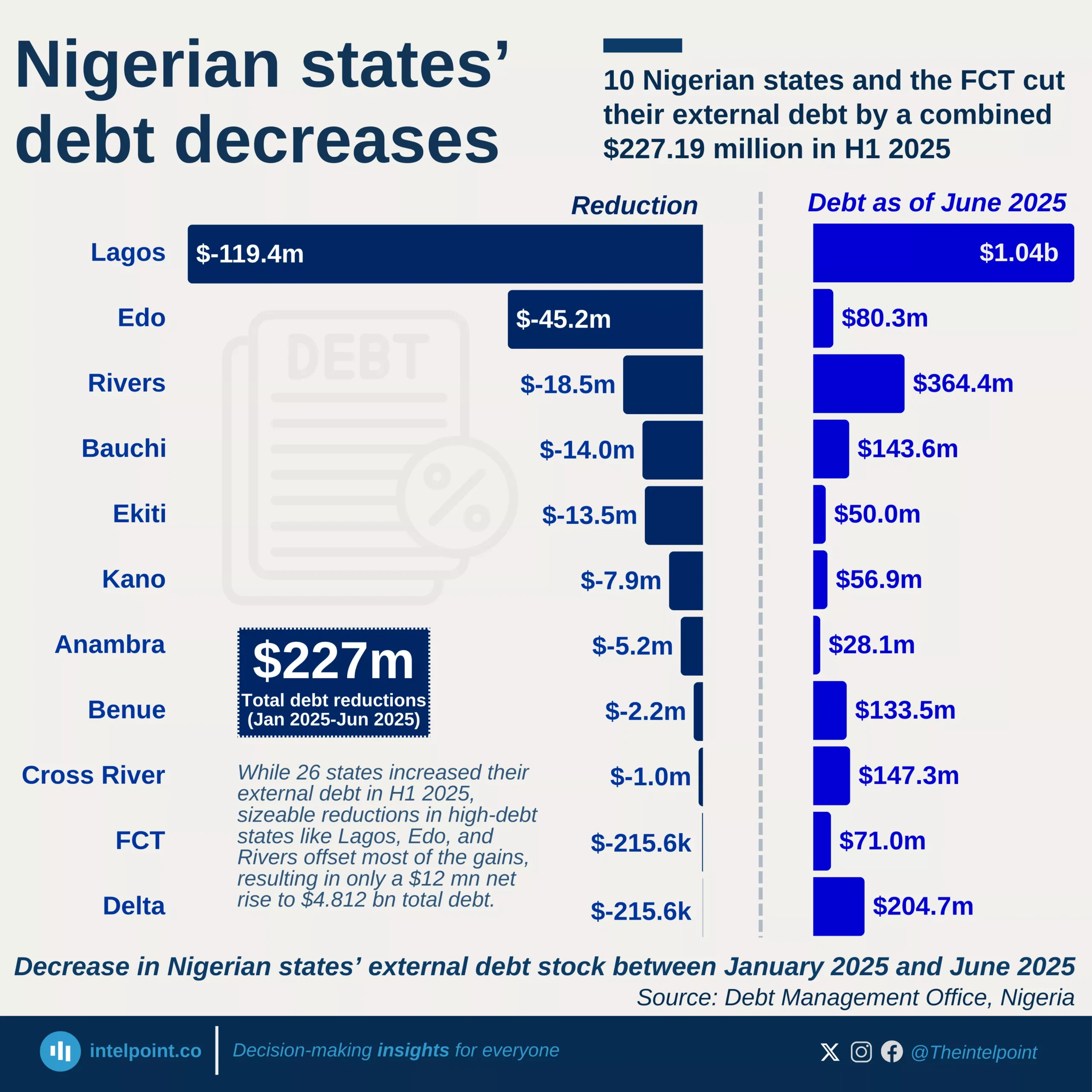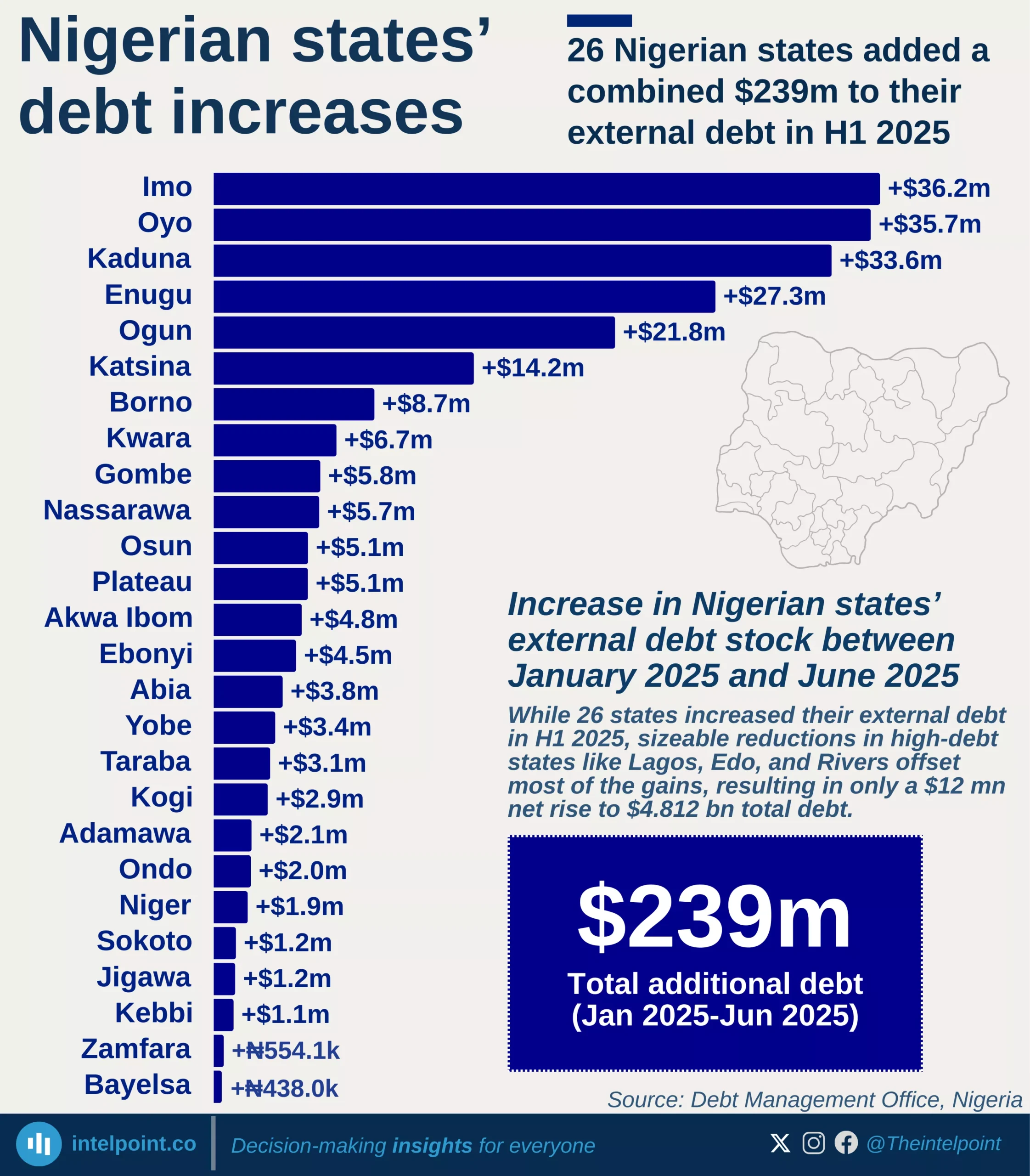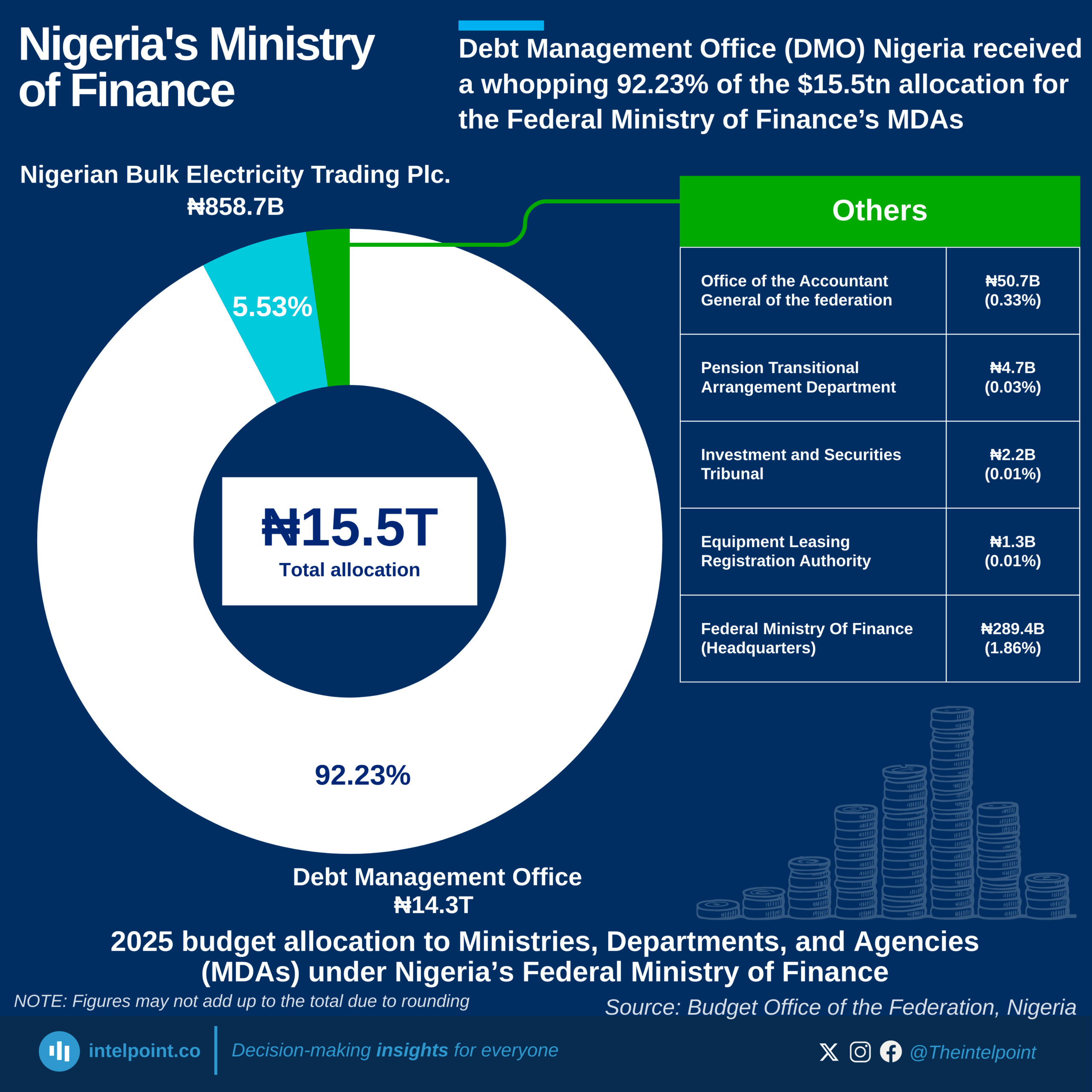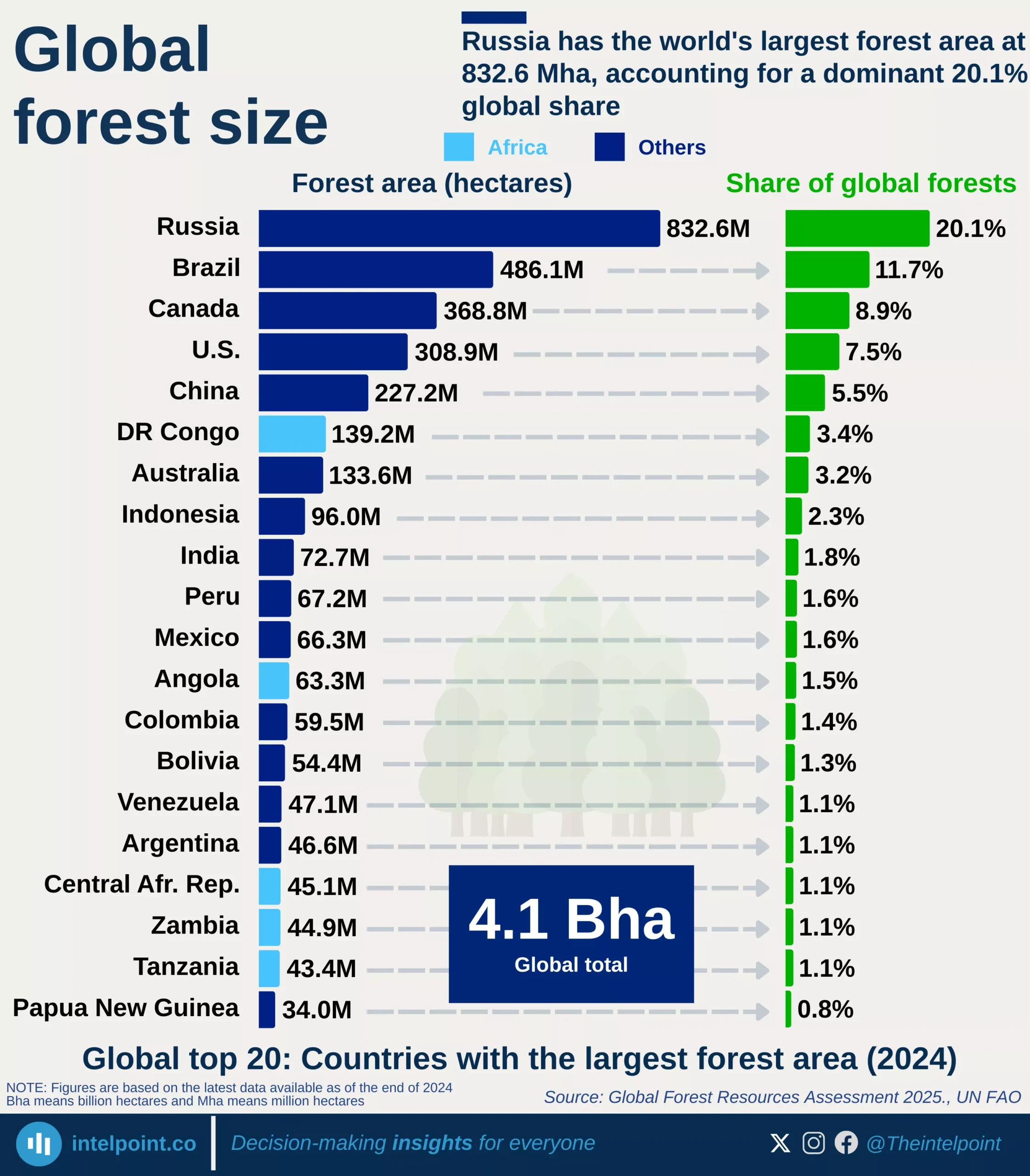Kenya’s GDP per capita has climbed from $414.6 in 2000 to an all-time high of $2206.1 in 2024, a 532% increase in the last 25 years.
The early 2000s began with economic stagnation and little to no growth. The country experienced its first significant growth between 2005 and 2006, recording a $176.3 (33.7%) increase. From 2006, GDP per capita continued to rise steadily, reaching $1,960.4 by 2019. However, in 2020, the COVID-19 pandemic caused a sharp decline in economic activity and income levels. Kenya quickly rebounded in 2021, moving from $1,927.7 in 2020 to $2,061.4.
In 2022, growth slowed, and by 2023, GDP per capita dipped to $1,952.3, recording a 7.5% decrease. Kenya rose by 13% in 2024 with $2.206.1, which solidified the country's lead position among other East African mainland countries like Uganda, Ethiopia and Tanzania.





